Church Plans to Decrease Missions, Utilize Tech Savviness to Locate Religious-Minded People
Contributed By Jason Swensen, Church News staff writer
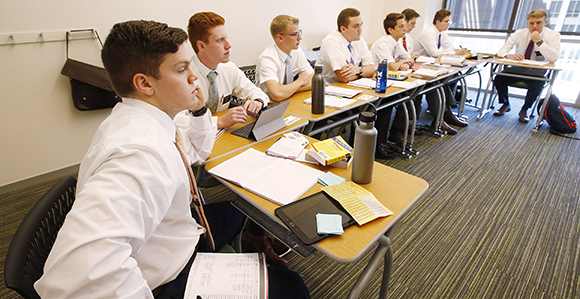
The Church has announced plans to trim its number of missions, to replace the use of tablets in missions with smartphones, and to increase the use of technology to help find people interested in religion. This will impact missionaries across the globe, including this group studying Spanish at the Provo Missionary Training Center in Provo on Wednesday, July 26, 2017.
Related Links
The Church of Jesus Christ of Latter-day Saints has announced plans to trim its number of missions “to better fit the needs of each region of the world,” to replace the use of tablets in missions with smartphones, and to increase the use of technology to help find people interested in religion.
Additionally, Church leaders introduced a standard set of interview questions “to be asked of prospective missionaries uniformly across the world,” according to a Mormon Newsroom release. (See related story.)
Elder Dallin H. Oaks of the Quorum of the Twelve Apostles alluded to such changes in the Church’s vast missionary program on June 28 at the annual seminar for new mission presidents.
“The most important thing I can say to you by way of introduction is that we are in an unusual and extremely important transition in our missionary work in The Church of Jesus Christ of Latter-day Saints,” he said.

The Church has announced plans to trim its number of missions, to replace the use of tablets in missions with smartphones, and to increase the use of technology to help find people interested in religion. This will impact missionaries across the globe, including this group walking the grounds of the Provo Missionary Training Center on Wednesday, July 26, 2017. Photo by Jeffrey D. Allred, Deseret News.
Two Missionary Department representatives—General Authority Seventy Elder Brent H. Nielson and managing director Gary Crittenden—spoke to Mormon Newsroom about the reasons for these coming changes and the areas of missionary work that will be impacted.
“We have really been focused on looking at absolutely every element of missionary operations, starting from when a missionary is thinking about preparing, through the experience that he has on his mission, and even the time after that,” Crittenden said. “And through that we’ve found opportunities where we think we can improve.”
Decreases in missions
In 2012, President Thomas S. Monson announced the change in the ages for missionary service. Young men could begin full-time missionary service at 18, while young women could begin at age 19.
A surge of missionaries occurred following President Monson’s announcement. The number of elders and sisters serving full-time missions reportedly jumped from 58,000 to 88,000 in just a few years.
Five years after the age changes, with missionaries spread throughout more than 400 missions, the Church will be implementing reductions to achieve an overall number “that better fits the total number of missionaries and the needs of each region,” according to Mormon Newsroom.
“We’ve leveled off to around 70,000 missionaries—still way up from the 58,000 we had,” Elder Nielson said. “In the orderly process of accommodating changes in our numbers, we’ll be slowly closing missions because we don’t need as many as we required for the great increase we experienced in 2012–13.”
Changes to facilities are also part of the adjustments to the Church’s worldwide missionary efforts. This year the Church has expanded its missionary training centers in Provo and the Philippines and finished the Ghana MTC last summer.
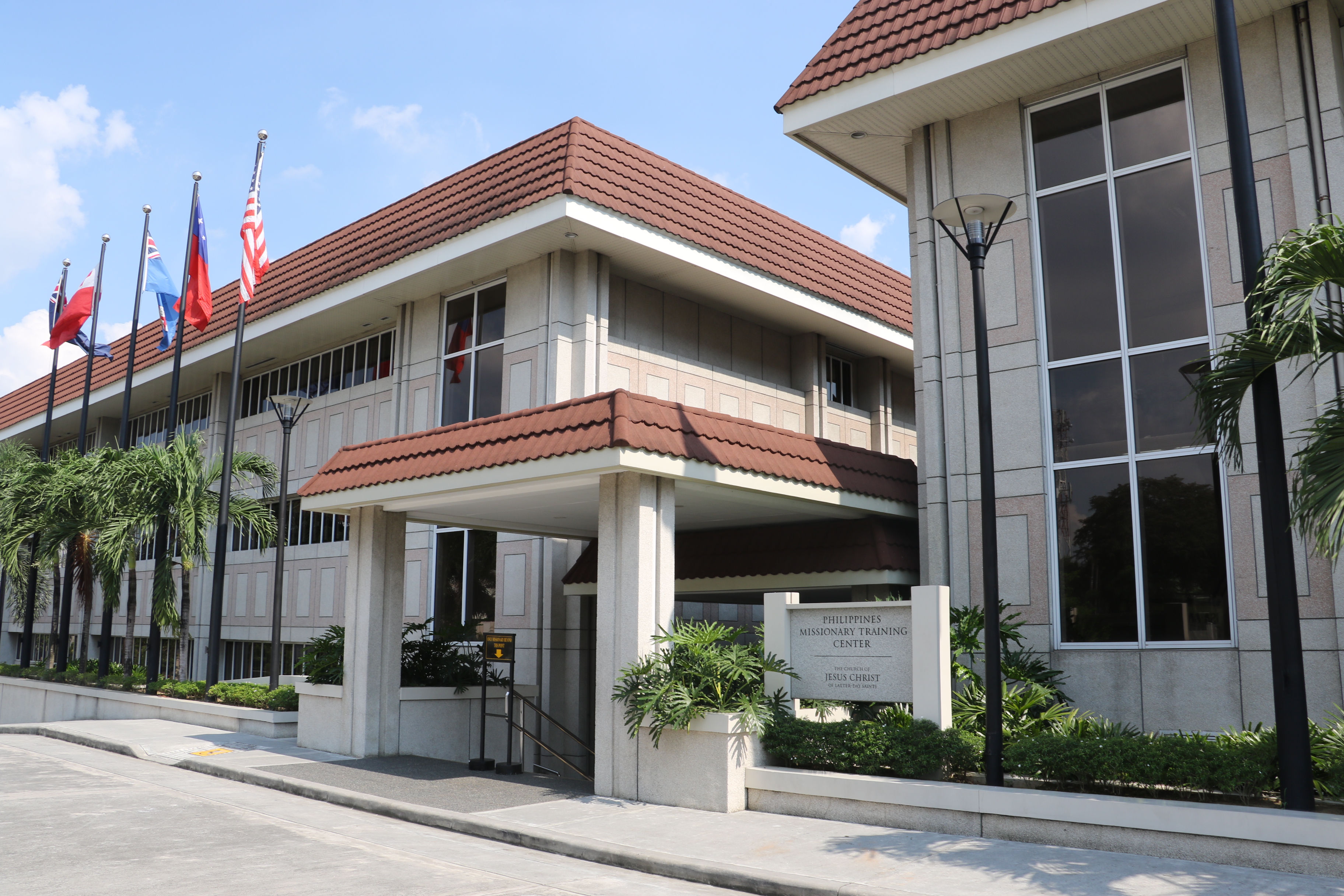
Elder Neil L. Andersen of the Quorum of the Twelve Apostles dedicated the newly expanded Philippines Missionary Training Center for The Church of Jesus Christ of Latter-day Saints on Saturday, September 16, 2017. The Church announced plans Friday, October 20, to trim its number of missions, to replace the use of tablets in missions with smartphones, and to increase the use of technology to help find people interested in religion. Photo by Sarah Jane Weaver.
Utilizing the latest in technology
The Church has long recognized that missionary methods and approaches need to be updated “as cultures and technologies shift and change,” according to Mormon Newsroom. After the Church consulted with leaders in the technology world, the number of missions using mobile devices is being increased from 87 to 162.
“Tablets are being replaced with smartphones, and in the future, most missionaries will arrive on their mission with a smartphone to assist them in their study, finding, and teaching,” the release noted.
Church leaders are certain technologies can identify those who might be interested in the gospel. The Church plans to continue utilizing such tools to help those interested in spiritual things connect with the Church’s resources.
“‘How can I find peace in my life?’ or ‘Is there a God?’ There tends to be a pattern for people who are asking,” Crittenden said. “In a world of 7.4 billion people, many online are involved in that search. They look at the same kinds of websites and seek the same kind of information. And it’s possible for us then, because they’ve asked that question, to put content in front of them that might be of interest to them. We are able to reach those who are actually searching for the truth.”
The news release cited a story from the New Testament to illustrate both the challenge and the opportunity of finding people interested in faith.
After His Resurrection, Jesus came to His Apostles, some of whom had returned to their fishing nets after His death. At the end of a fruitless day of fishing, Jesus instructs them to “cast the net on the right side of the ship, and ye shall find” (John 21:6). The yield of fish is so large that the Apostles can’t lift it into the boat.
“The lesson is that the fish were always there in the water, but Jesus directed the Apostles where to find them,” Elder Nielson said. “Our circumstance is similar. God knows where to find those who are seeking truth, and that’s why we’re seeking better ways to find them. There are billions of people on earth. And here’s the amazing thing—we can now reach them in a focused way. That’s very exciting.”
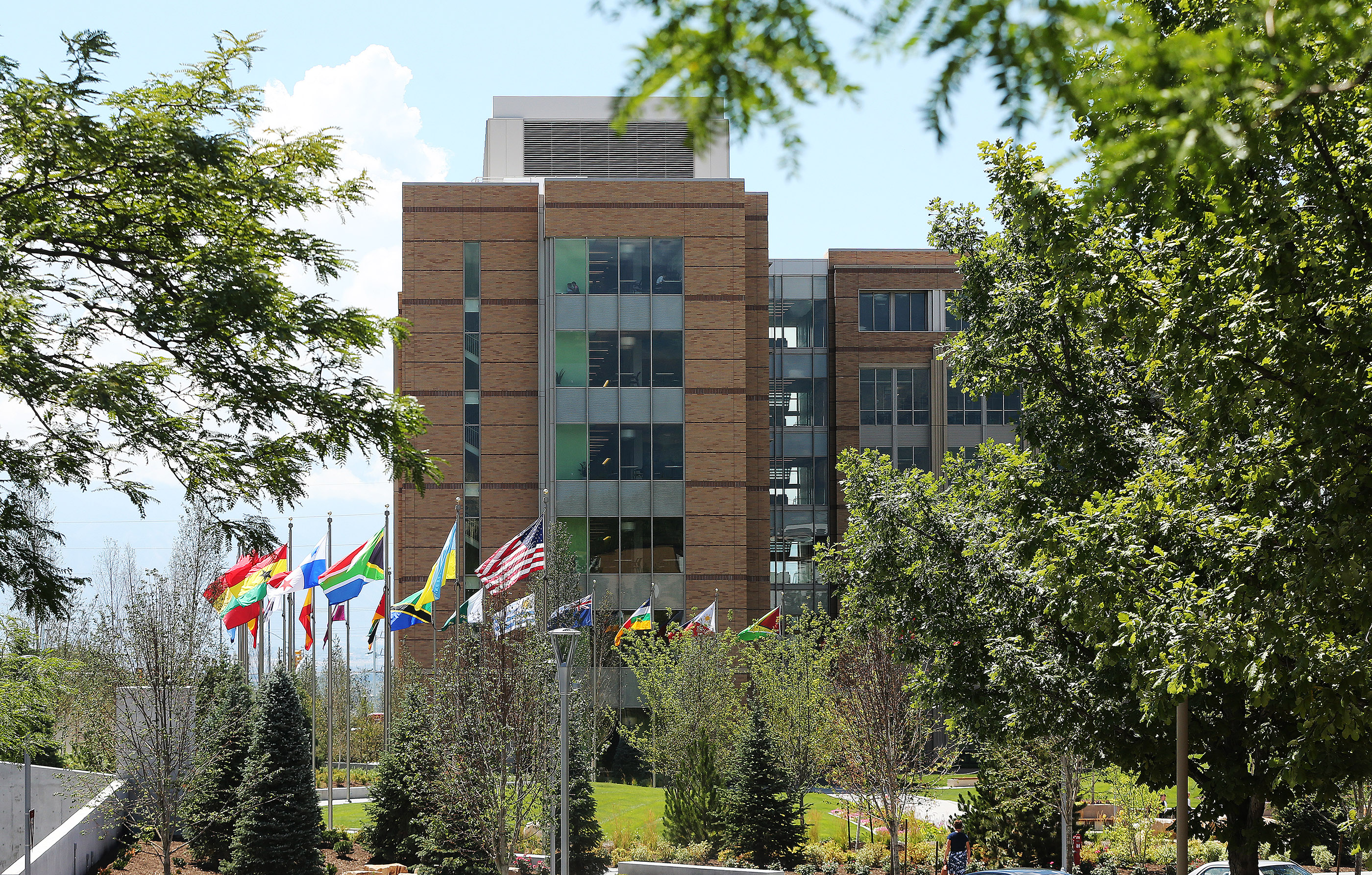
The Church has announced plans to trim its number of missions, to replace the use of tablets in missions with smartphones, and to increase the use of technology to help find people interested in religion. Photo by Jeffrey D. Allred, Deseret News.
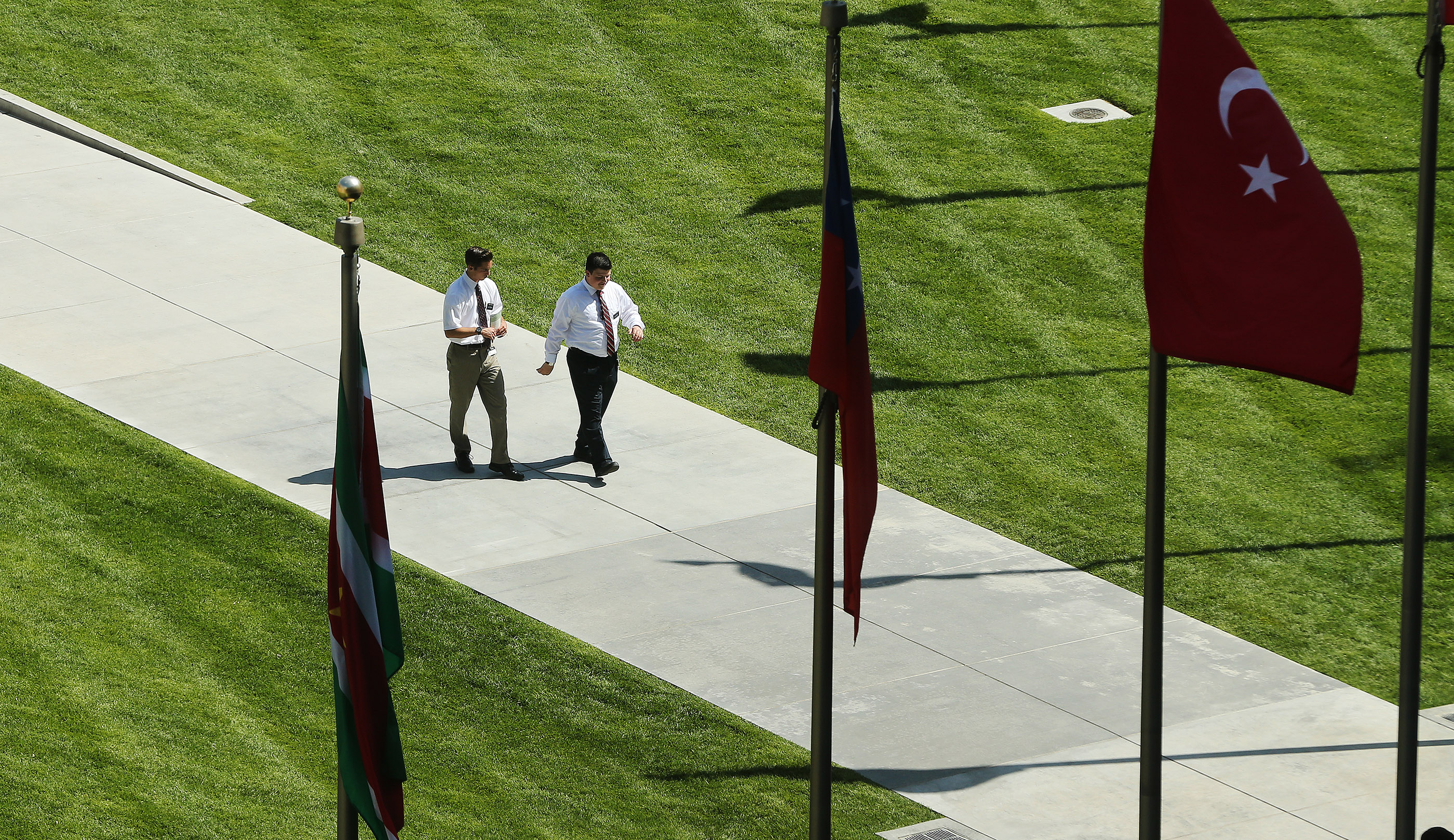
The Church has announced plans to trim its number of missions, to replace the use of tablets in missions with smartphones, and to increase the use of technology to help find people interested in religion. This will impact missionaries across the globe, including this companionship walking the grounds of the Provo Missionary Training Center on Wednesday, July 26, 2017. Photo by Jeffrey D. Allred, Deseret News.
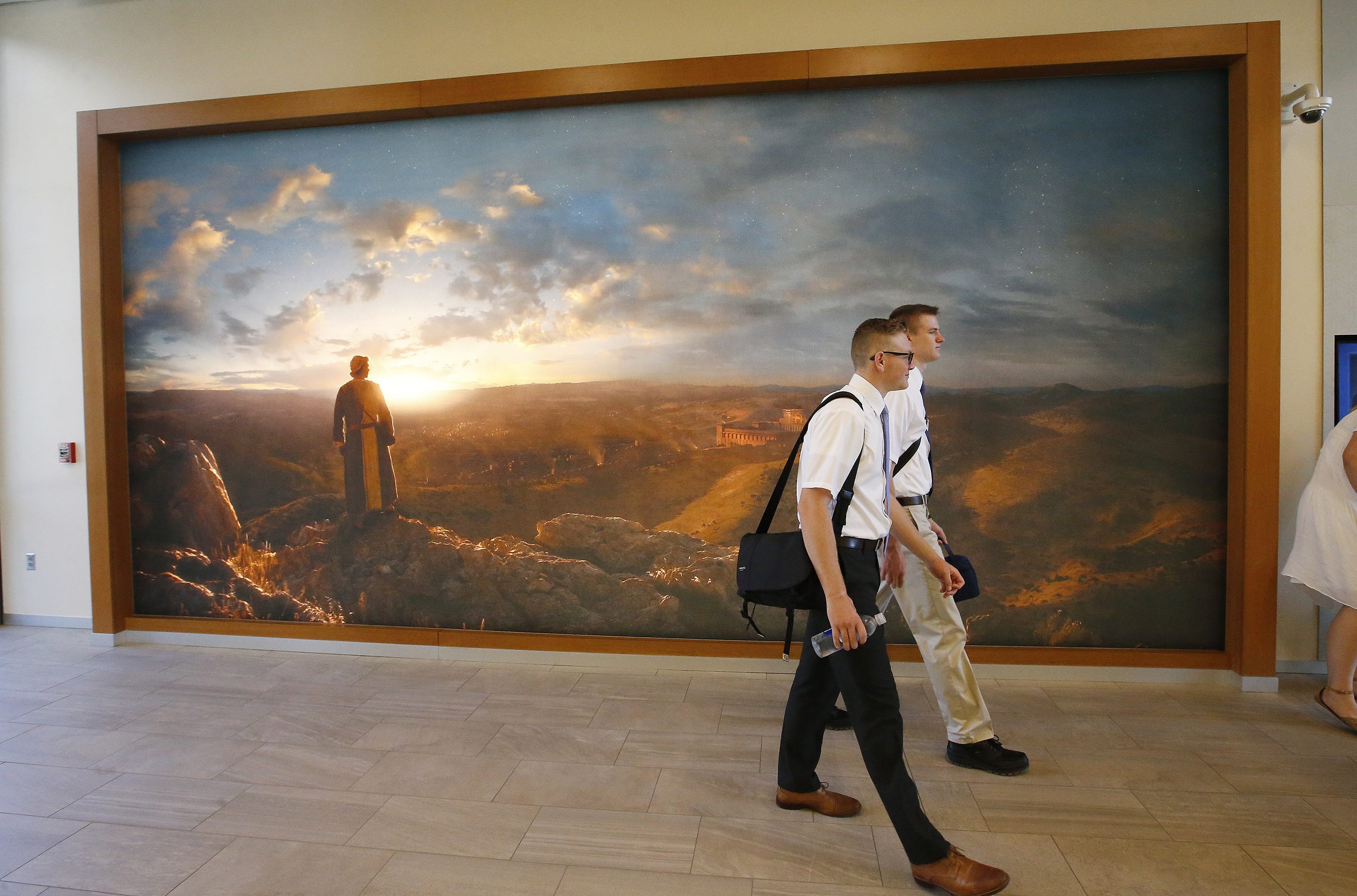
The Church has announced plans to trim its number of missions, to replace the use of tablets in missions with smartphones, and to increase the use of technology to help find people interested in religion. This will impact missionaries across the globe, including this companionship at the Provo Missionary Training Center. Photo by Jeffrey D. Allred, Deseret News.
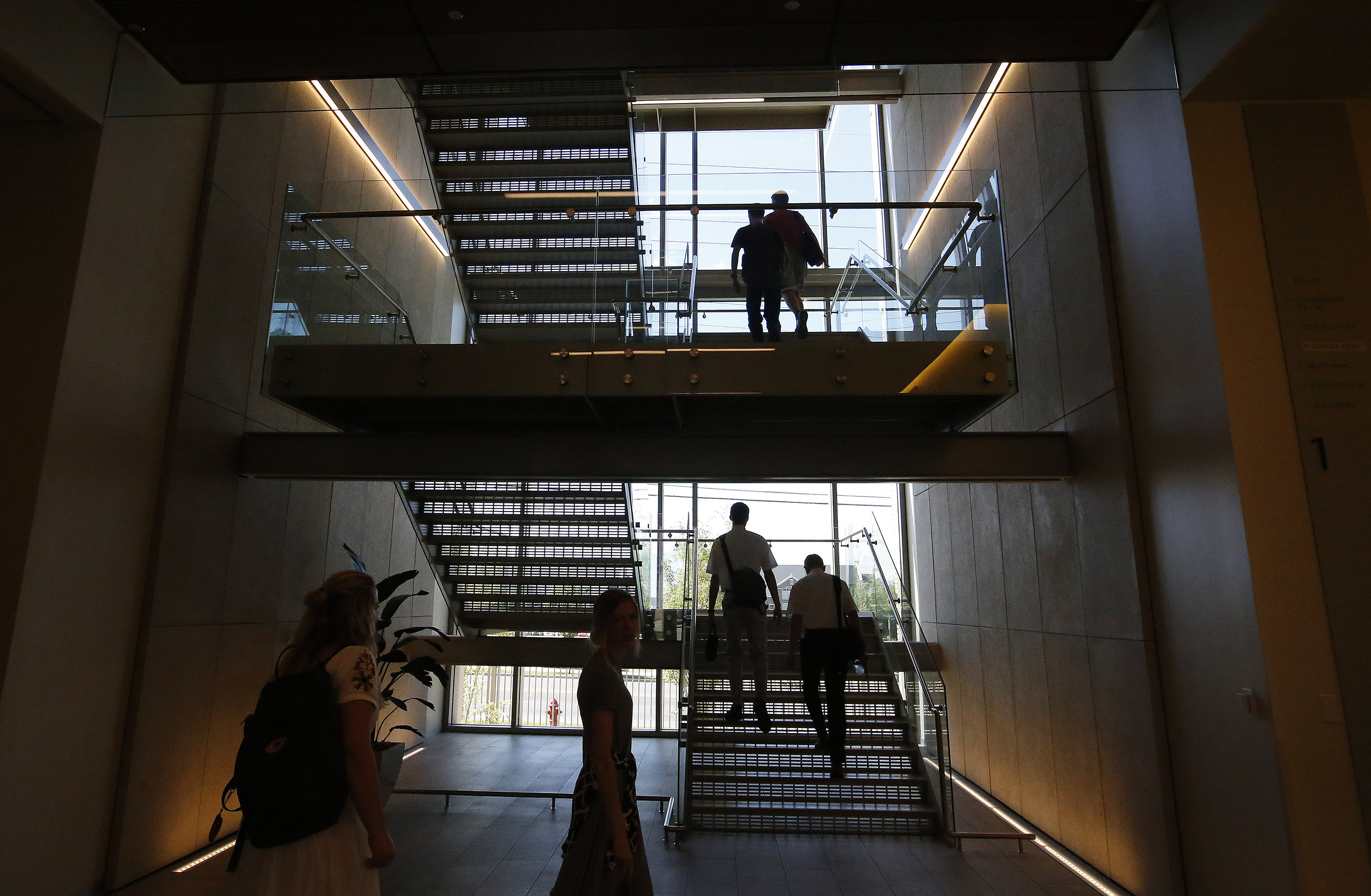
Elder Neil L. Andersen of the Quorum of the Twelve Apostles dedicated the newly expanded Philippines Missionary Training Center for The Church of Jesus Christ of Latter-day Saints on Saturday, September 16, 2017. The Church announced plans Friday, October 20, to trim its number of missions, to replace the use of tablets in missions with smartphones, and to increase the use of technology to help find people interested in religion. Photo by Jeffrey D. Allred, Deseret News.

The Church has announced plans to trim its number of missions, to replace the use of tablets in missions with smartphones, and to increase the use of technology to help find people interested in religion. This will impact missionaries across the globe, including this group in the newly expanded missionary training center in Manila, Philippines. Photo by Sarah Jane Weaver.
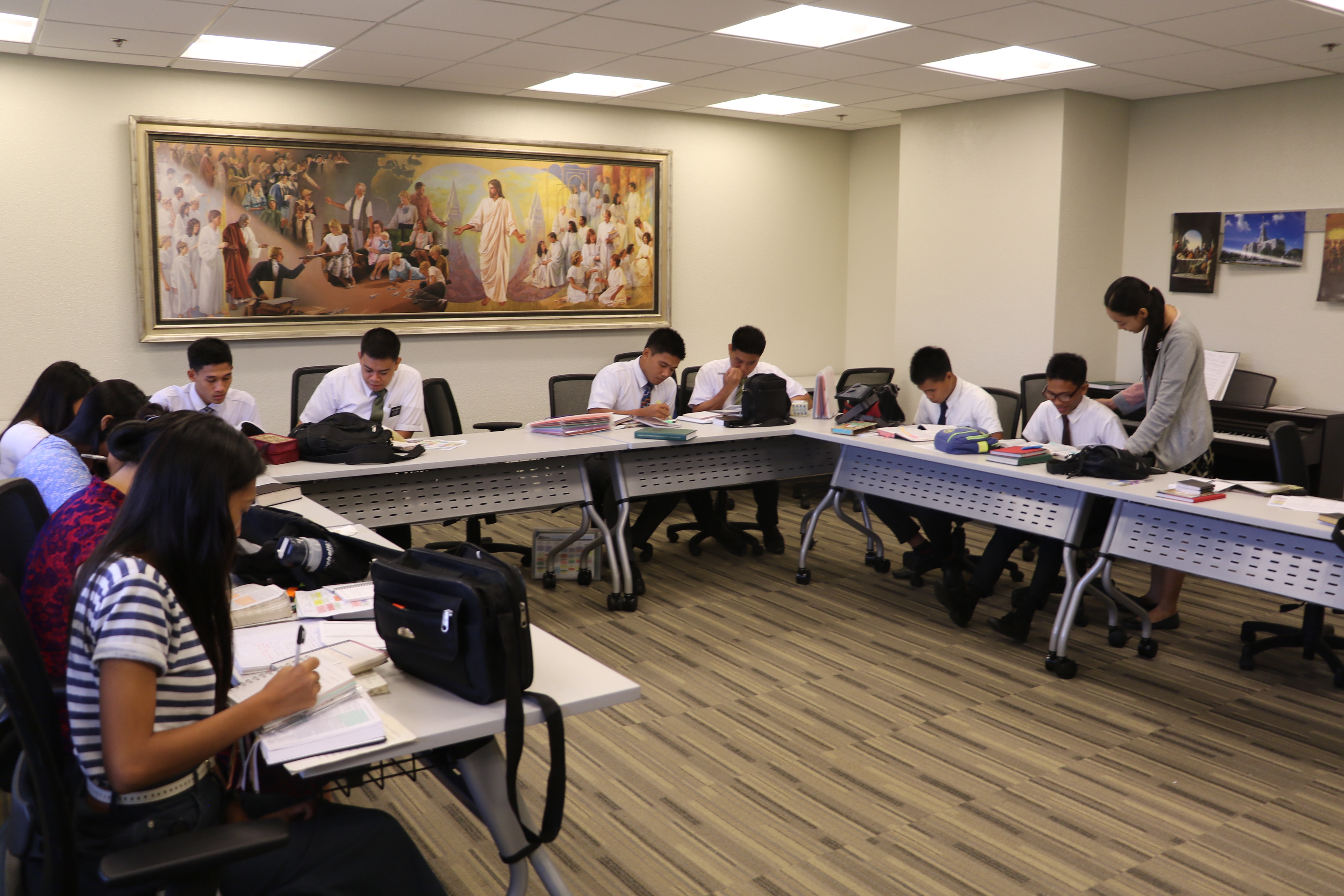
The Church has announced plans to trim its number of missions, to replace the use of tablets in missions with smartphones, and to increase the use of technology to help find people interested in religion. This will impact missionaries across the globe, including this group studying in the newly expanded missionary training center in Manila, Philippines. Photo by Sarah Jane Weaver.
